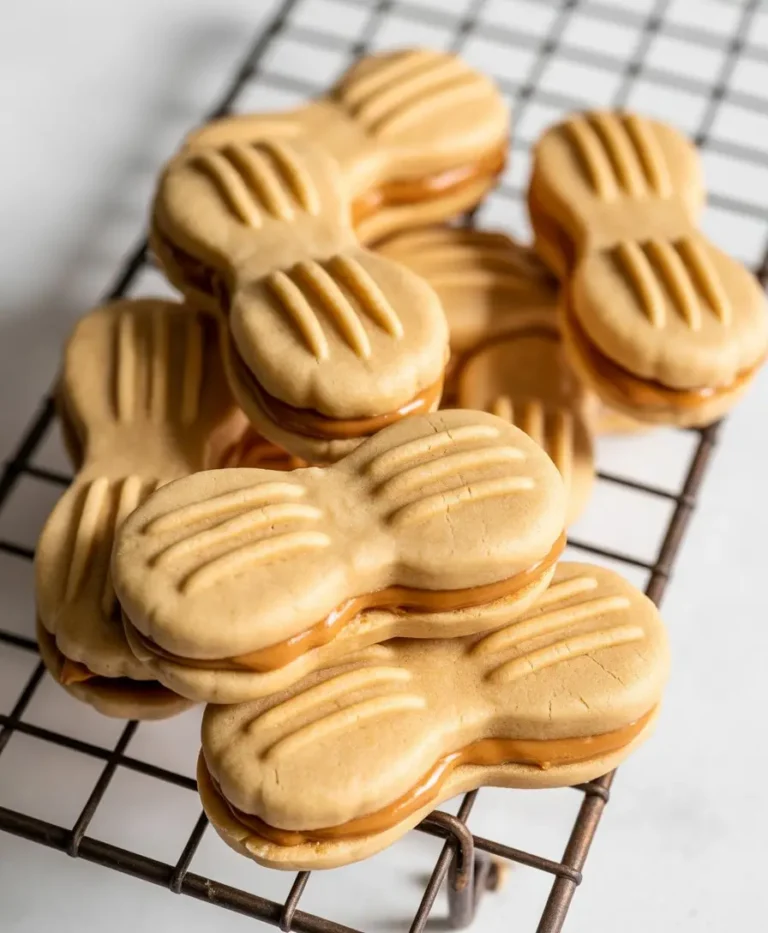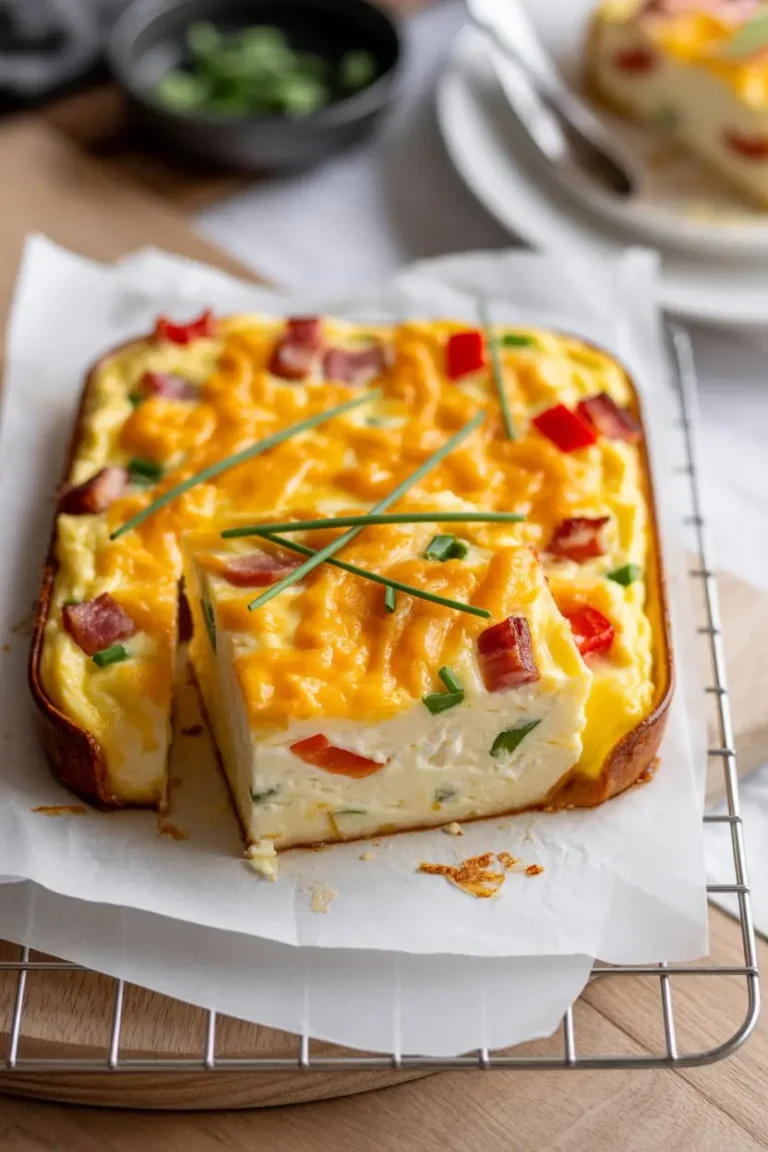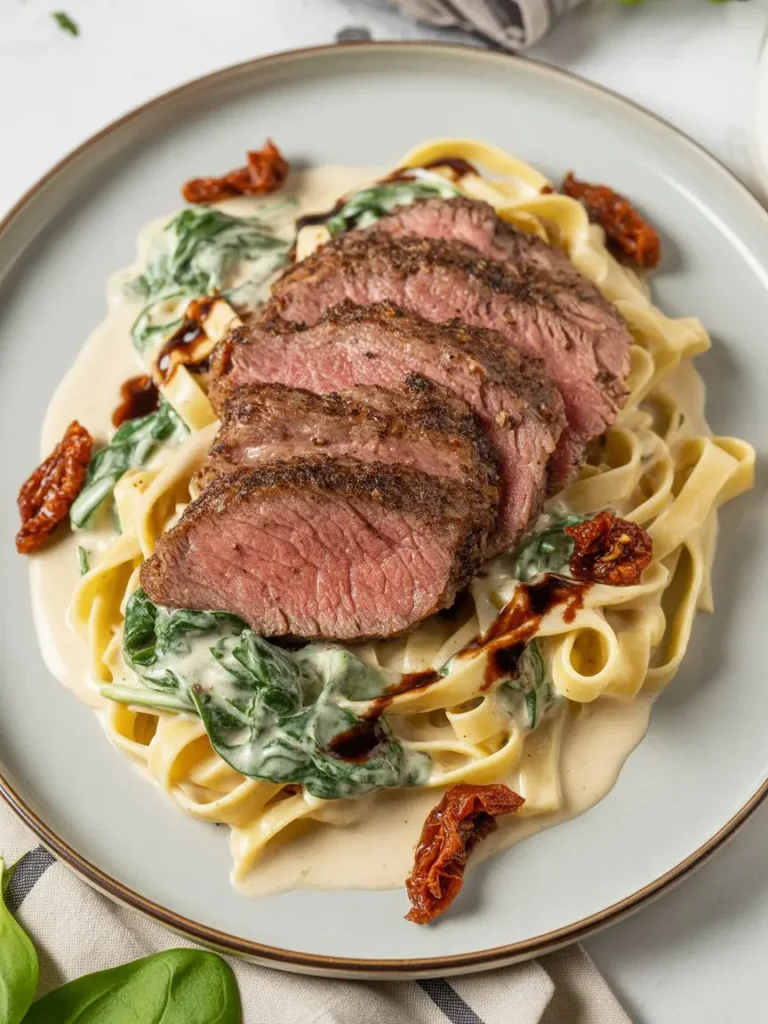The Only Boneless Chicken Thigh Recipe You’ll Ever Need
Let’s be honest, chicken can get a little… boring. Especially when you’re trying to eat well during a busy week.
I can’t tell you how many times I’ve stared into my fridge at a package of chicken, feeling completely uninspired. It often ends up dry, bland, and just plain sad.
But what if I told you there’s a cut of chicken that practically guarantees a juicy, flavorful result every single time? Enter the boneless, skinless chicken thigh.
It’s the unsung hero of the poultry world. More forgiving than breast meat, packed with flavor, and incredibly versatile. This recipe is my go-to, the one I make when I need a guaranteed win for dinner.
What You’ll Need
This recipe relies on a simple, smoky, and slightly sweet spice rub that creates an incredible crust. You probably have most of these ingredients already.
- Boneless, Skinless Chicken Thighs: About 1.5 pounds. Look for ones that are similar in size for even cooking.
- Olive Oil: Just a couple of tablespoons to help the spices stick and prevent the chicken from drying out.
- Smoked Paprika: This is the star. It provides a deep, smoky flavor that makes the chicken taste like it came off a grill.
- Garlic Powder: For that savory, aromatic base flavor.
- Onion Powder: Adds a subtle sweetness and depth.
- Brown Sugar: Just a teaspoon. It helps with caramelization and balances the smoky spices. You can use coconut sugar, too.
- Dried Oregano: Brings a touch of earthy, herbaceous flavor.
- Salt and Black Pepper: To taste. Don’t be shy with the salt; it helps make the chicken pop.
Tools Required For This Recipe
You don’t need any fancy gadgets for this one. Just the basics.
- Large Bowl (for mixing)
- Measuring Spoons
- Tongs
- Large Skillet (cast iron is fantastic for this)
- Meat Thermometer (highly recommended!)
Pro Tips From My Kitchen
After making this dish countless times, I’ve picked up a few tricks that make a huge difference. Here are the most important ones.
1. Pat The Chicken Dry: Before you add any oil or spices, use paper towels to pat the chicken thighs completely dry. Moisture is the enemy of a good sear. A dry surface allows the chicken to brown beautifully instead of just steaming in the pan.
2. Don’t Crowd the Pan: Give each thigh its own space in the skillet. If you cram them all in at once, the pan’s temperature will drop, and again, you’ll end up steaming the chicken. Cook in two batches if your skillet isn’t big enough. It’s worth the extra few minutes.
3. Use a Meat Thermometer: This is the single best way to guarantee juicy, perfectly cooked chicken. Chicken is safe to eat at 165°F (74°C). Pull the thighs from the pan when they hit this temperature in the thickest part. No more guessing, no more cutting into it to check.
4. Let It Rest: Just like a good steak, chicken needs to rest after cooking. Transfer the cooked thighs to a clean plate and let them sit for 5-10 minutes before slicing. This allows the juices to redistribute throughout the meat, keeping it incredibly moist.
How To Make Perfect Boneless Chicken Thighs
Step 1: In a small bowl, mix together the smoked paprika, garlic powder, onion powder, brown sugar, oregano, salt, and pepper. This is your spice rub.
Step 2: Pat your chicken thighs completely dry with paper towels. Place them in a larger bowl and drizzle with olive oil, tossing to coat each piece evenly.
Step 3: Sprinkle the spice rub over the oiled chicken. Use your hands to really work the spices into the meat, ensuring every nook and cranny is covered.
Step 4: Heat a large skillet over medium-high heat. You want the pan to be hot before the chicken goes in. A drop of water should sizzle and evaporate instantly.
Step 5: Carefully place the chicken thighs in the hot pan, making sure not to overcrowd them. Cook for about 5-7 minutes on the first side, until a deep, golden-brown crust forms. Don’t move them around too much!
Step 6: Flip the chicken thighs using tongs. Cook for another 5-7 minutes on the other side, or until the internal temperature reaches 165°F (74°C) on a meat thermometer.
Step 7: Transfer the cooked chicken to a plate, cover loosely with foil, and let it rest for at least 5 minutes before serving. This is a crucial step for juicy chicken.
Nutritional & Pairing Guide
Here’s a quick look at the nutritional info and how you can build a complete meal around these tasty chicken thighs.
| Nutrition (Approx. per thigh) | Amount |
|---|---|
| Calories | 210 kcal |
| Protein | 24g |
| Fat | 12g |
| Carbohydrates | 2g |
| Easy Meal Pairing Ideas | |
|---|---|
| Category | Suggestions |
| Starches | Roasted Potatoes, Quinoa, Rice Pilaf |
| Vegetables | Steamed Green Beans, Roasted Broccoli, Side Salad |
| For Low-Carb/Keto | Cauliflower Rice, Zucchini Noodles, Mashed Cauliflower |
Substitutions and Variations
Want to mix things up? This recipe is a great base for experimentation.
- Spice It Up: Add a pinch of cayenne pepper or red pepper flakes to the spice rub for some heat.
- Different Herbs: Swap the oregano for dried thyme or rosemary for a different flavor profile.
- No Brown Sugar? You can use a bit of maple syrup or honey instead, or just omit it for a purely savory dish.
- Citrus Kick: Squeeze the juice of half a lemon over the chicken right after it comes out of the pan for a bright, fresh finish.
Make-Ahead Tips
You can toss the chicken in the oil and spice rub up to 24 hours in advance. Store it in an airtight container in the refrigerator. This not only saves you time but also acts as a dry brine, making the chicken even more flavorful.
Leftovers and Storage
If you have any leftovers, store them in an airtight container in the fridge for up to 3-4 days. The chicken is delicious cold in salads or wraps.
To reheat, I recommend using the skillet again over medium heat for a few minutes. Microwaving can sometimes make the chicken rubbery, but it works in a pinch if you cover it with a damp paper towel.
Frequently Asked Questions
Q1. Can I use chicken breasts instead of thighs?
Ans: Yes, you can. Since chicken breasts are leaner, they cook faster and can dry out more easily. I recommend pounding them to an even thickness and reducing the cooking time. Use a meat thermometer and pull them from the heat as soon as they reach 165°F.
Q2. My chicken didn’t get a nice crust. What did I do wrong?
Ans: This usually comes down to three things: the pan wasn’t hot enough, the chicken was too wet, or you crowded the pan. Make sure the pan is preheated, the chicken is patted dry, and you cook in batches if needed.
Q3. Can I bake these instead of pan-searing?
Ans: Absolutely. Arrange the seasoned thighs on a baking sheet lined with parchment paper. Bake at 400°F (200°C) for about 20-25 minutes, or until the internal temperature is 165°F. You won’t get the same deep crust, but they will still be delicious.
Wrapping Up
This simple method for cooking boneless, skinless chicken thighs has completely changed my weeknight dinner game. It’s fast, reliable, and produces incredibly flavorful chicken every single time.
Give it a try next time you’re looking for an easy, satisfying meal. I’d love to hear how it turns out for you. Drop a comment below with your experience or any questions you might have!




